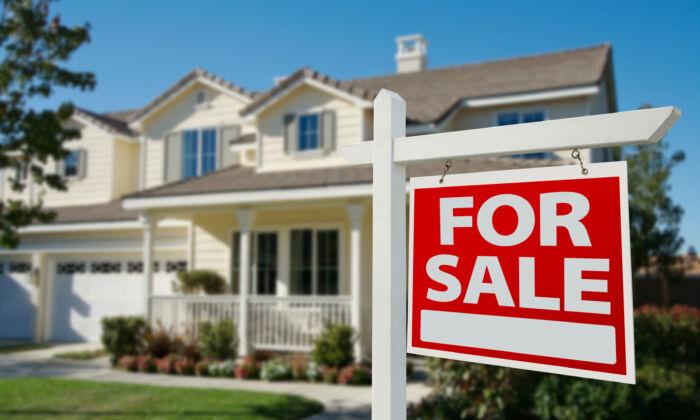An Insurance Agent’s Answer
Suppose you have a tree on your property, and it falls on your home or other structures, such as a fence. In that case, there is coverage under your homeowners and is subject to the deductible you have chosen.Suppose you have a tree on your property, and it falls on a neighbor’s home or property. In that case, you have no liability, and your neighbor’s home insurance policy would cover the loss minus the neighbor’s deductible.
If your neighbor’s tree falls into your yard, your insurance policy covers the damage cost minus your deductible.
The Importance of Maintaining Your Trees
A dead or unhealthy tree on your property allowed to stand or left untreated will have a different outcome. Suppose the wind blows it down, and it damages your neighbor’s property. It’s negligence on your part, and your homeowners’ policy would pay for the damage to the neighbor on an actual cash value basis. You would have no deductible.Additional Resources
Check with the local municipality or your Homeowners Association. Some cities have ordinances or codes that define a procedure to manage this situation. A tree ordinance guide from ArborDay.org lays out the value and the issues of community involvement with trees on public land and private property.Another potential place to look for additional information is restrictive covenants that run with the land. The title policy issued when you purchased your home may have a recorded restrictive covenant with guidelines for trees in the subdivision.
Buying a home with a fence, or building a wall, is essential to verify the lot lines. You should engage a land surveyor to locate missing lot stakes (occasionally, they are removed, relocated, or several feet underground). If the fence straddles the lot line, both parties will likely share the cost of repair. Also, when building an expensive or labor-intensive fence, consider insuring it as a scheduled item to avoid future challenges to insurance claims.





